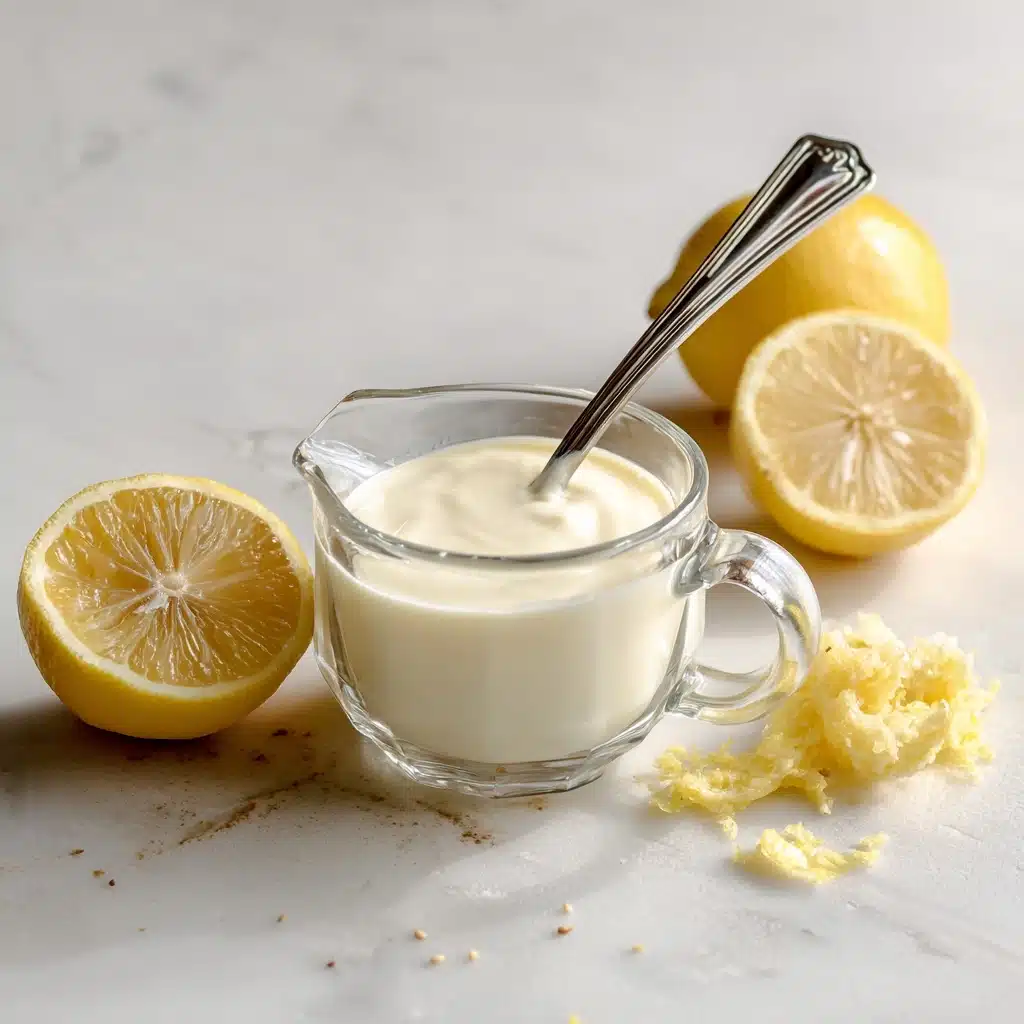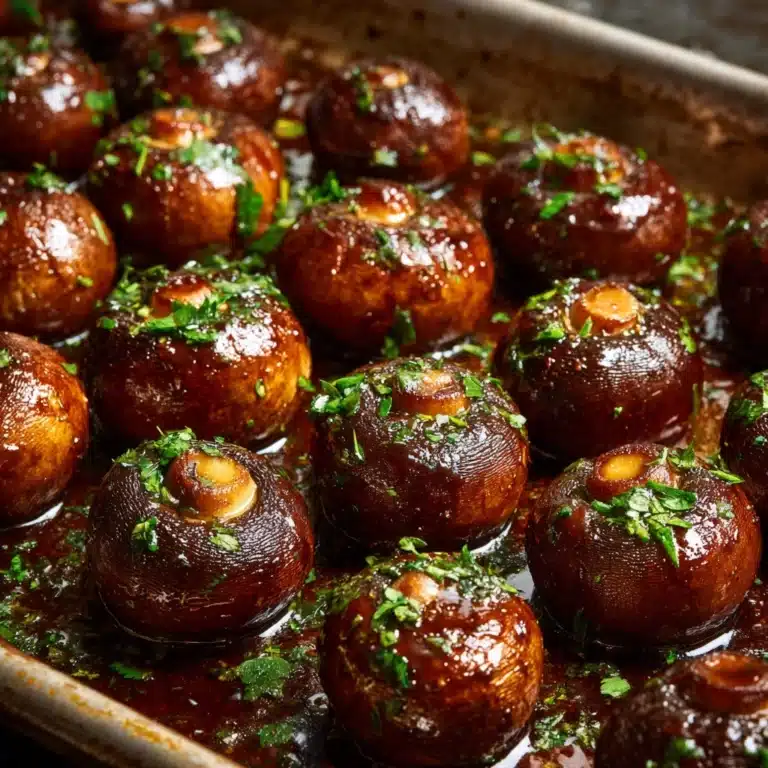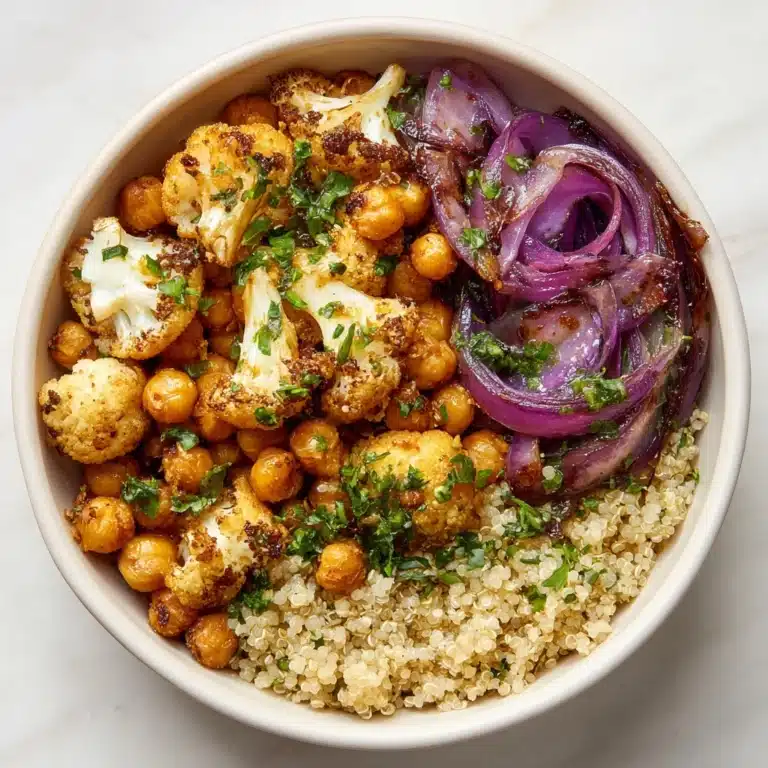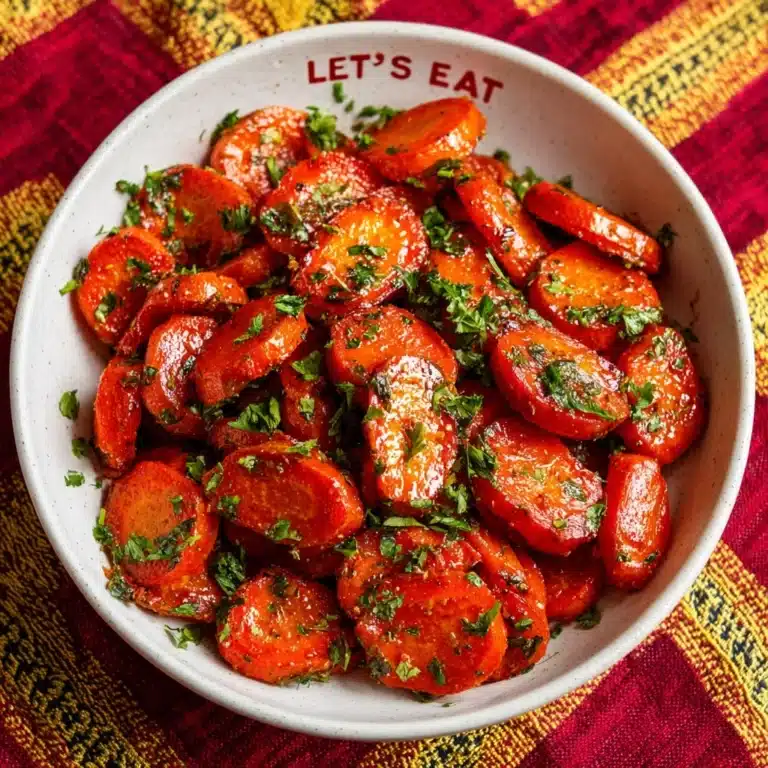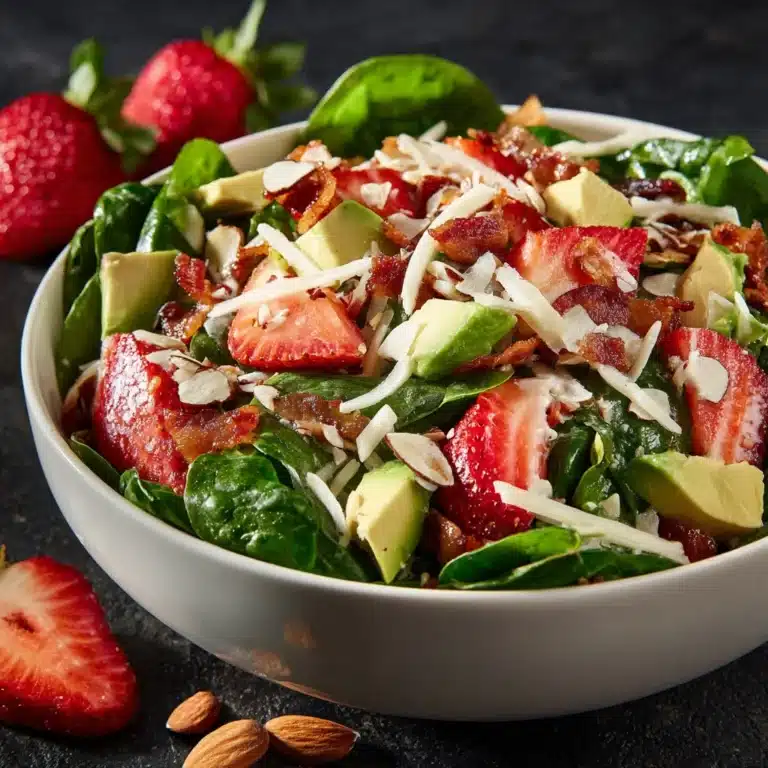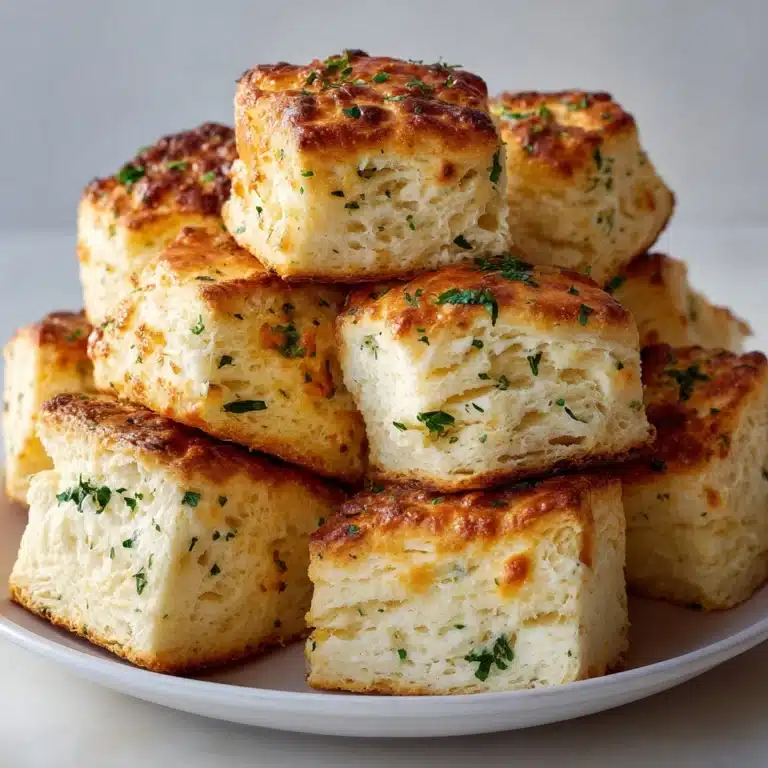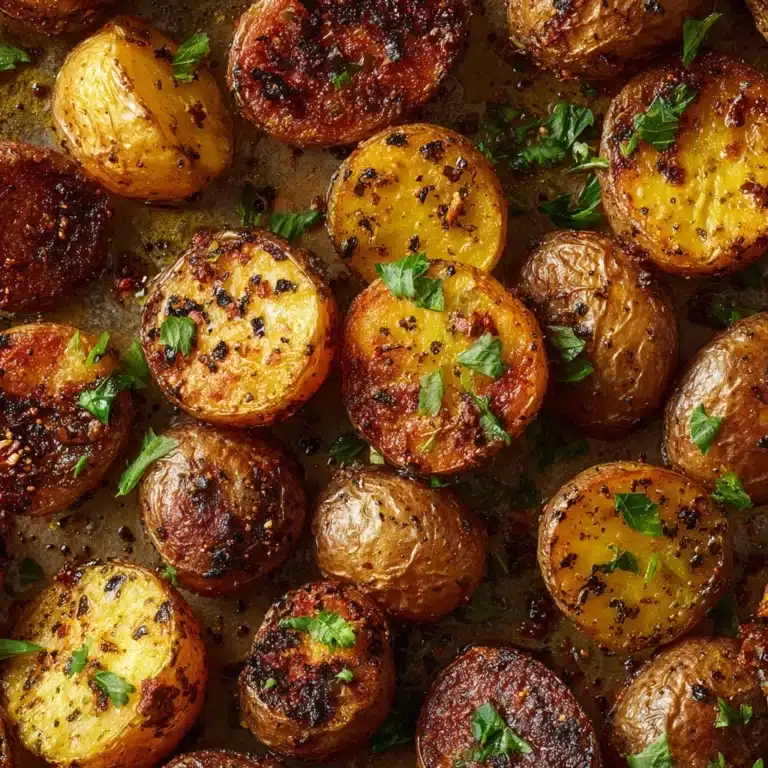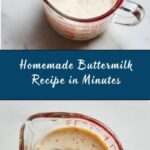If you’ve ever found yourself ready to bake something delicious and realized you’re out of buttermilk, fear not—learning how to make buttermilk at home is unbelievably easy and will transform your baking game! Homemade buttermilk is a simple trick that every home cook should have up their sleeve, delivering that signature creamy tang in pancakes, fluffy biscuits, rich muffins, and more. With just two everyday ingredients and a waiting time that barely outlasts your preheating oven, you’ll never be caught short-handed again. Let’s dive into how to make buttermilk perfectly, every single time.
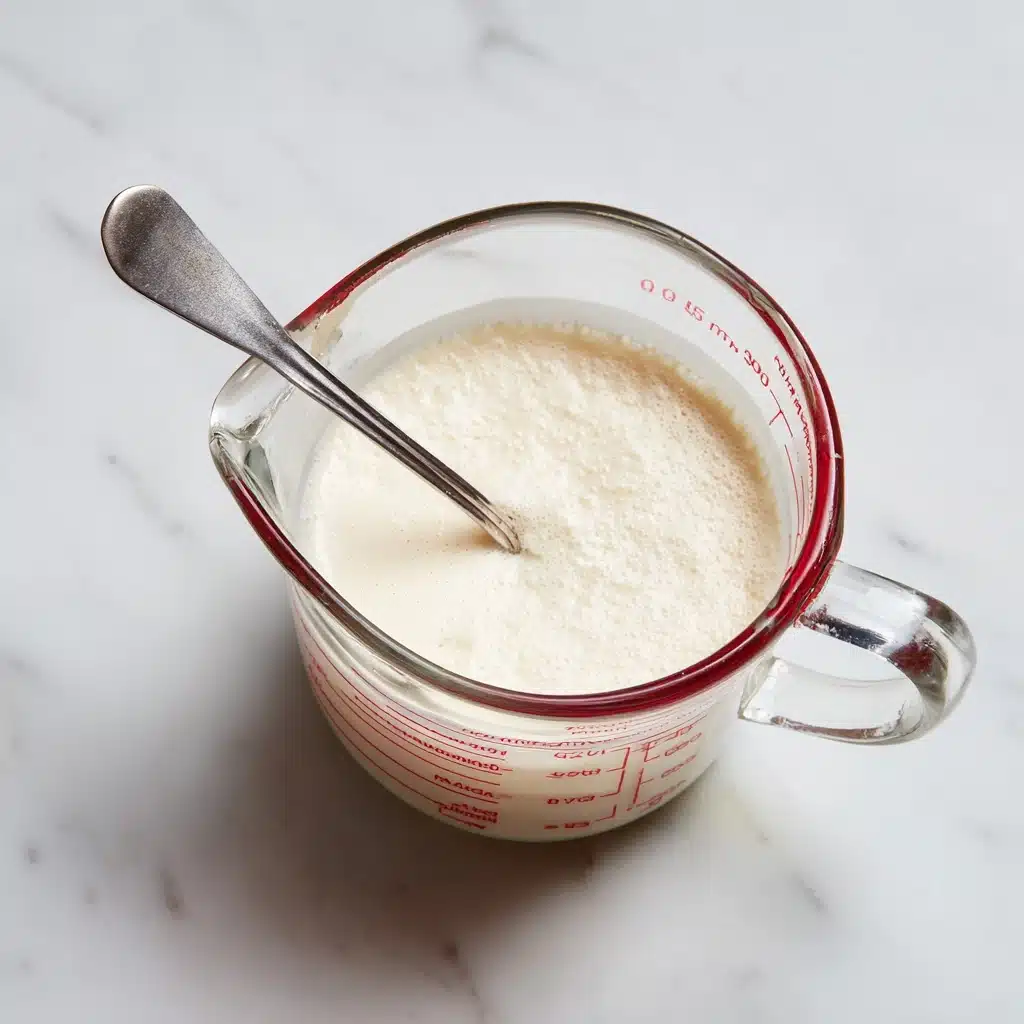
Ingredients You’ll Need
-
Ingredients:
- 1 cup whole milk (or 2% milk)
- 1 tablespoon white vinegar or fresh lemon juice
How to Make How to Make Buttermilk
Step 1: Measure the Milk
Start by pouring one cup of whole milk (or 2% if preferred) into a measuring cup or small mixing bowl. Using a glass measuring cup makes it easy to mix and pour later, but any bowl will do the trick.
Step 2: Add the Acid
Next, stir in one tablespoon of white vinegar or freshly squeezed lemon juice right into the milk. Both acids work equally well, but feel free to pick based on what’s handy or whichever flavor you prefer—lemon juice gives a subtle citrus note, while vinegar is purely tangy.
Step 3: Mix and Let Sit
After adding your acid of choice, give the mixture a quick stir so it’s thoroughly combined. Now, let it sit on your kitchen counter at room temperature for 5 to 10 minutes. This resting imparts that unmistakable buttermilk texture, as you’ll notice the milk thicken slightly and curdle—a sign your homemade buttermilk is ready to shine!
Step 4: Use or Store
Once you see the milk is ever-so-slightly thickened with a few curdled bits, your homemade buttermilk is all set! Use it immediately in any recipe calling for buttermilk, or store it in the fridge if you need to come back to it a little later.
How to Serve How to Make Buttermilk
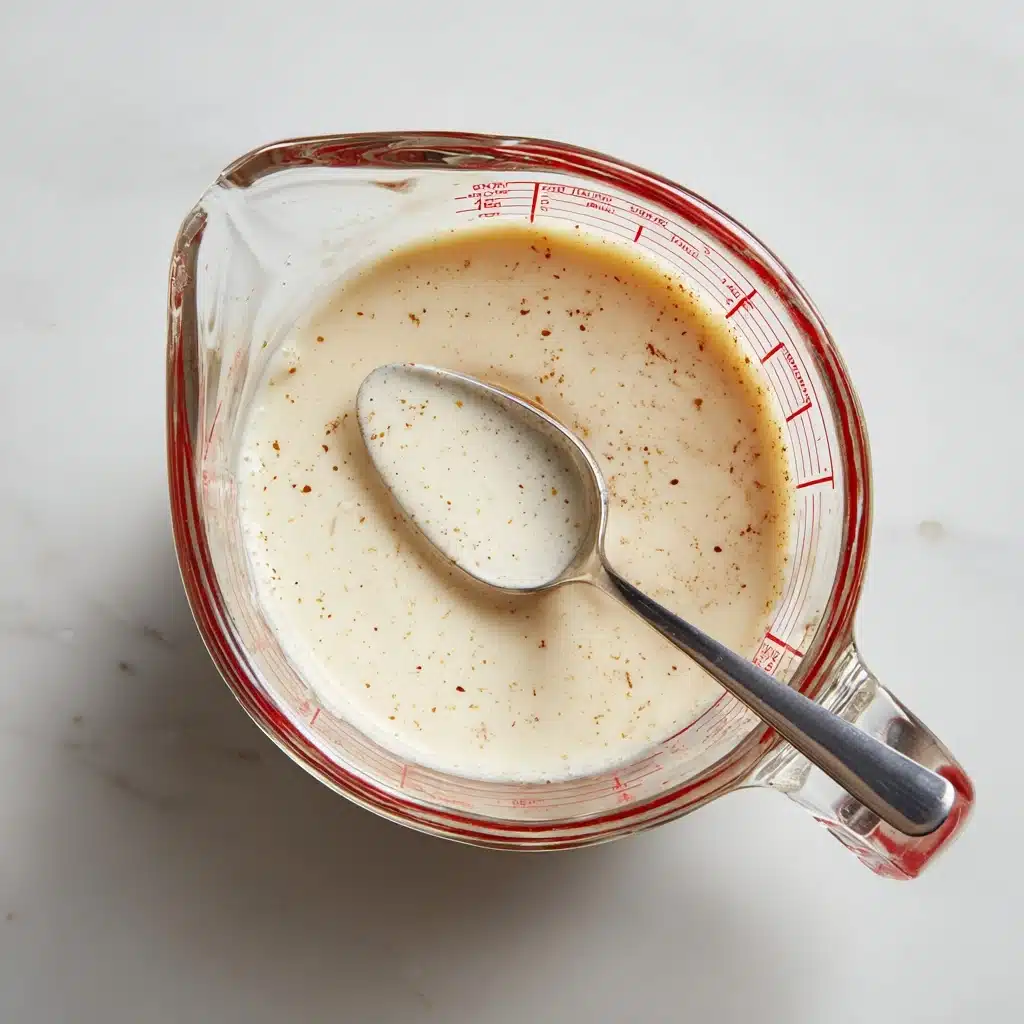
Garnishes
While buttermilk itself usually goes straight into batters and mixes, if you’re experimenting with homemade ranch, salad dressings, or even buttermilk drinks, a fresh twist of cracked black pepper, some chopped herbs, or a sprinkle of lemon zest on top will bring out its brightness.
Side Dishes
Pair the recipes you make with buttermilk—think fluffy pancakes, towering biscuits, or tender muffins—with jams, honey, fresh berries, or a generous pad of butter on the side. These add-ons make those comforting staples even more delightful and satisfying.
Creative Ways to Present
Serving a brunch spread? Pour your homemade buttermilk into a glass milk bottle for a rustic, café-style touch. Or, make a little “buttermilk bar,” setting out labeled bowls and all your favorite add-ins to show off just how easy it is to master how to make buttermilk on demand.
Make Ahead and Storage
Storing Leftovers
If you have extra homemade buttermilk, simply refrigerate it in a covered container. It keeps well for up to three days. Just give it a little stir before using, as slight separation is completely normal.
Freezing
Needing buttermilk for future use? Pour your homemade buttermilk into ice cube trays and freeze. Once frozen, pop out the cubes and store in an airtight bag. Thaw as many as you need for recipes—just whisk or shake well after thawing to reincorporate any separation.
Reheating
There’s no need to actually reheat homemade buttermilk, but bringing it to room temperature before adding to batters helps ensure the best rise and texture, especially for cakes and breads. If it’s super cold from the fridge or freezer, let it sit out for 15–20 minutes before using.
FAQs
Can I use non-dairy milk to make buttermilk?
Yes, you can! While traditional buttermilk uses dairy milk, plant-based options like soy or almond milk can also curdle with the addition of vinegar or lemon juice. The texture is a bit different, but it works as a substitute for most recipes.
Is buttermilk supposed to be chunky?
Your homemade buttermilk will be slightly thickened with tiny curdled bits—that’s exactly what you want. It shouldn’t be completely smooth, but it also shouldn’t be full-on sour milk. You’re aiming for creamy with just a bit of texture.
Which is better: lemon juice or vinegar?
Both work wonders for making buttermilk! Lemon juice offers a slightly more mellow, citrusy note, while vinegar is purely acidic. Use whichever matches your recipe’s flavors or simply what you have handy in the kitchen.
Can I scale up this recipe?
Absolutely. How to make buttermilk for a crowd is as easy as multiplying the ingredients—just stick to the ratio of 1 tablespoon of vinegar or lemon juice per 1 cup of milk. Mix as much as you need!
What recipes can I use this homemade buttermilk in?
This homemade buttermilk substitute is perfect in pancakes, waffles, cakes, muffins, fried chicken marinades, and even homemade salad dressings. Anywhere you’d use store-bought buttermilk, your fresh batch will fit right in.
Final Thoughts
Making your own buttermilk at home is one of those satisfying kitchen skills that delivers every single time, and once you know how to make buttermilk, you’ll never be at the mercy of store-bought again. I can’t wait for you to try this easy technique and put your homemade buttermilk to delicious use—your baking will thank you!
Print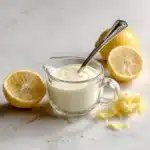
How to Make Buttermilk Recipe
- Total Time: 10 minutes
- Yield: 1 cup 1x
- Diet: Vegetarian
Description
Learn how to make homemade buttermilk with just two simple ingredients. This quick and easy buttermilk substitute is perfect for all your baking needs.
Ingredients
Ingredients:
- 1 cup whole milk (or 2% milk)
- 1 tablespoon white vinegar or fresh lemon juice
Instructions
- Pour the milk into a measuring cup or bowl. Add the vinegar or lemon juice and stir to combine.
- Let the mixture sit at room temperature for 5–10 minutes, until it begins to curdle slightly and thicken.
- Use immediately in recipes that call for buttermilk.
Notes
Notes:
- This homemade buttermilk substitute works well in pancakes, biscuits, muffins, and marinades.
- For larger quantities, maintain the same ratio: 1 tablespoon of acid per 1 cup of milk.
- Prep Time: 2 minutes
- Cook Time: 0 minutes
- Category: Ingredient
- Method: No-Cook
- Cuisine: Universal
Nutrition
- Serving Size: 1 cup
- Calories: 100
- Sugar: 12g
- Sodium: 100mg
- Fat: 2.5g
- Saturated Fat: 1.5g
- Unsaturated Fat: 1g
- Trans Fat: 0g
- Carbohydrates: 12g
- Fiber: 0g
- Protein: 8g
- Cholesterol: 10mg
